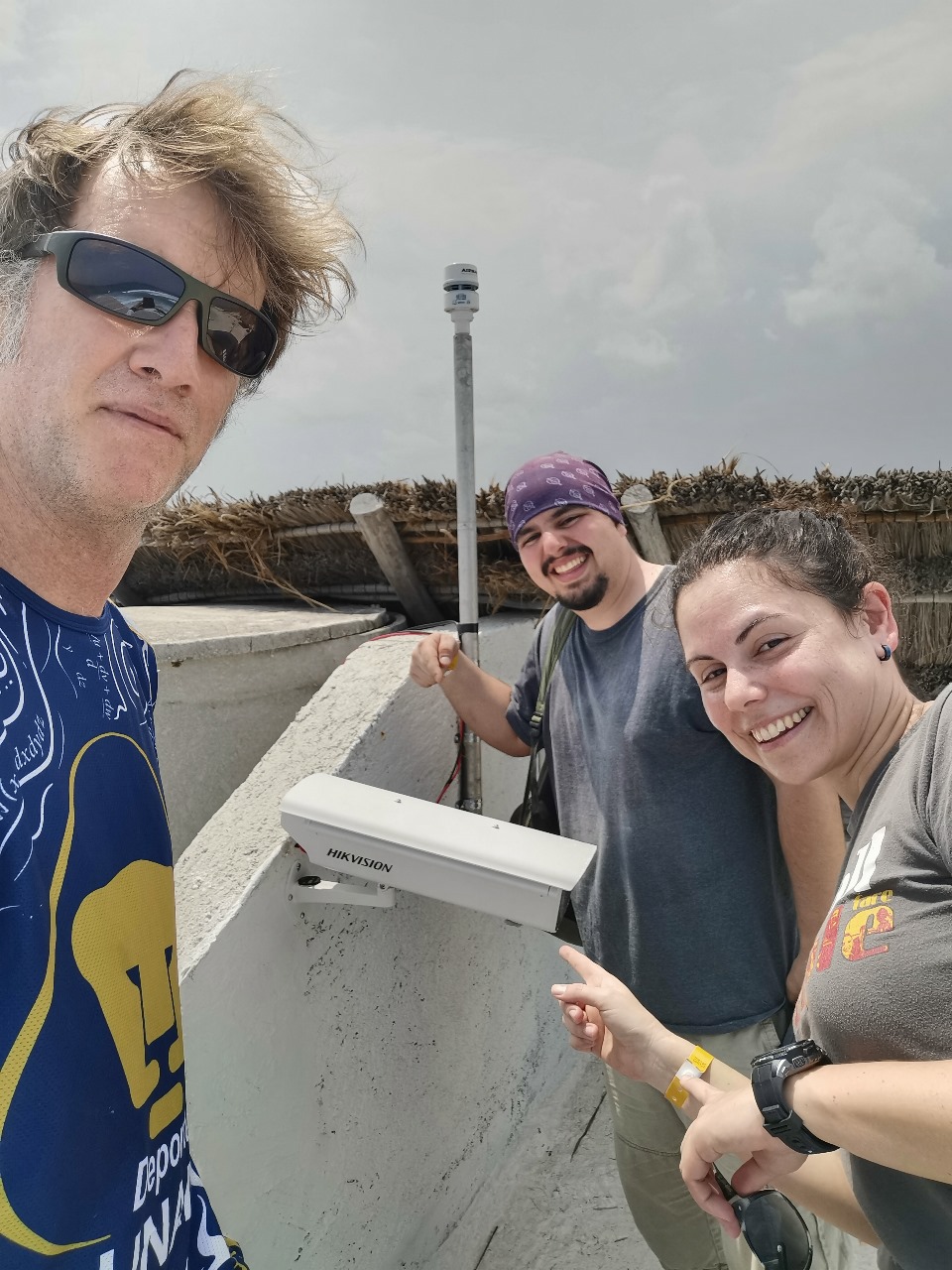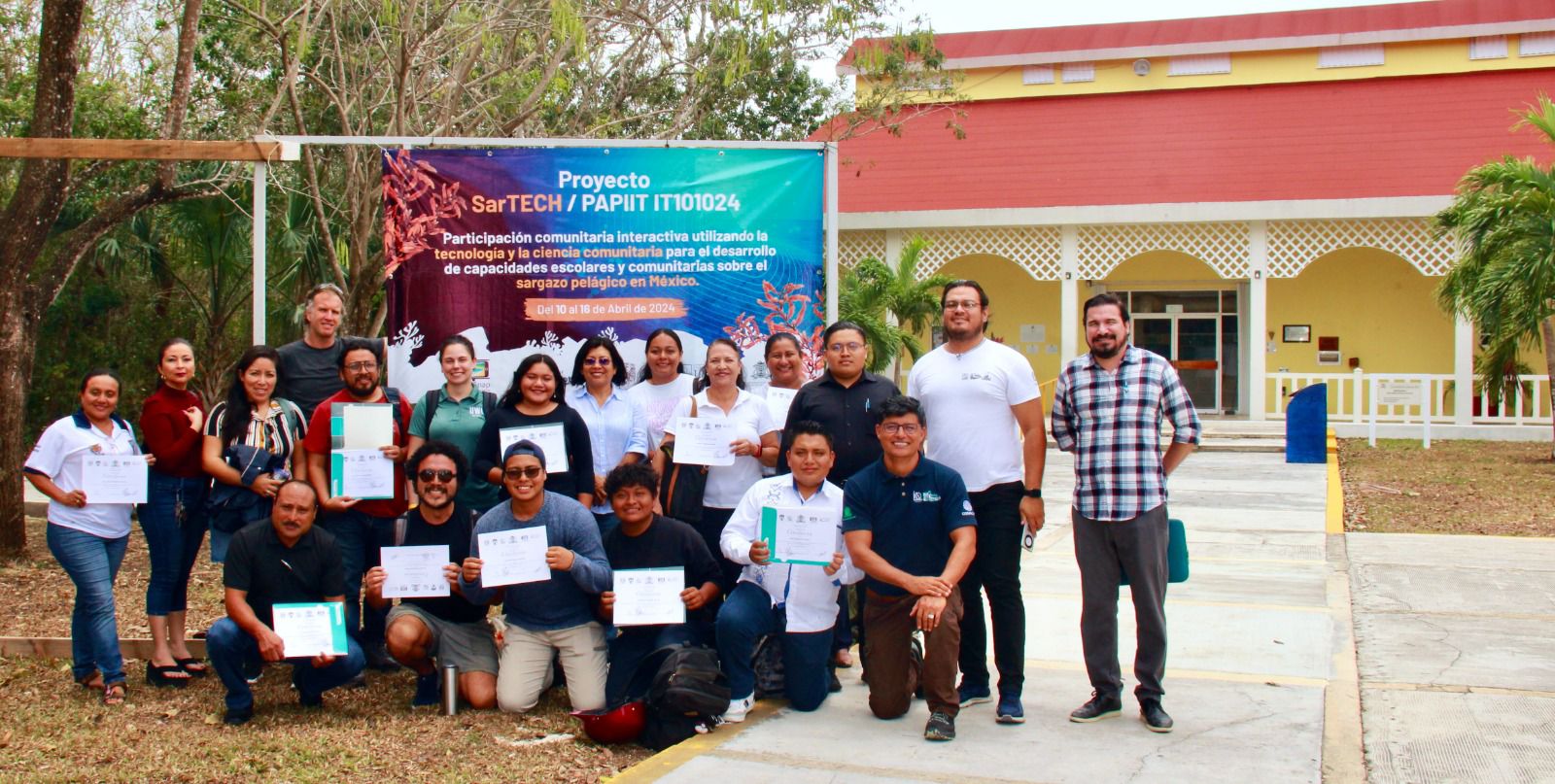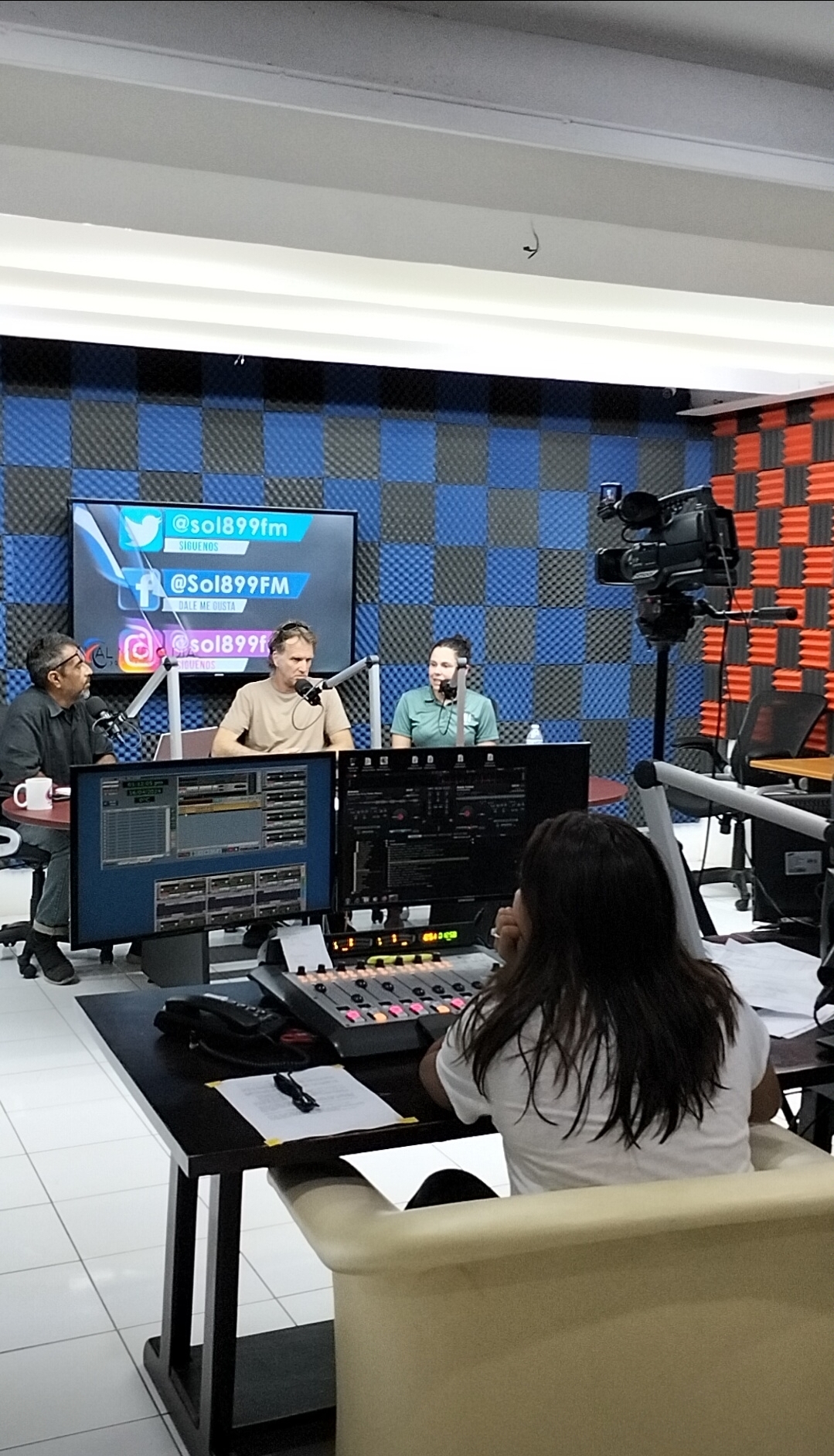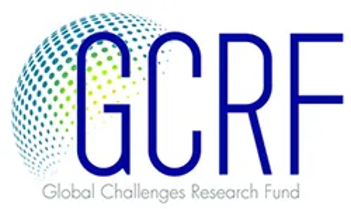Transforming sargassum monitoring through community and technology (SarTECH)
Pelagic sargassum seaweed has proliferated throughout the tropical Atlantic ocean, causing immense damage to coastal communities from Mexico to Ghana since 2011. Our project "Interactive Community Engagement Using Technology and Citizen Science for School and Community Capacity Building on Pelagic Sargassum in Mexico" (SarTECH) funded by the SMMI and led by Dr Victoria Dominguez Almela aims to initiate community level monitoring and management of the seaweed. Our journey has been marked by significant milestones and an inspiring expansion of our community engagement efforts.
Enhancing monitoring with cutting-edge technology
When we first envisioned SarTECH, our goal was to deploy a handful of low-cost cameras to monitor the sargassum that affects the Mexican coastlines. Not only did we surpass our original goal by installing six cameras (two more than planned!), but we also broadened our reach to include locations in Jamaica and Ghana, supported by the ESRC funded SARTRAC. These cameras, designed and engineered with the expertise of the Institute of Engineering of UNAM and PhD talents of Jose Antonio Lopez Portillo, offer hourly data (detailed overhead views of beached and nearshore sargassum) that help us quantify sargassum distribution effectively. Thanks to advanced algorithms, these images are transformed into a bird's eye view, making every pixel visible for sargassum tracking. Furthermore, a new PAPIIT grant won by colleagues in Mexico with Dr Dominguez (Support Programme for Research and Innovation Projects in Mexico) allowed the team to install a meteorological station and acoustic doppler current profiler to record data on winds and currents. This data provides a cornerstone for developing a robust early warning system that will benefit entire communities.

Image: Prof. Appendini, PhD student Jose Antonio Lopez (UNAM) and Dr Dominguez Almela (UoS) installing a camera and a meteorological station in Cozumel.
Empowering local communities through citizen science
Our original aim to deploy coastal sargassum monitoring points (built on the extant CoastSnap beach monitoring system) has doubled. From four proposed stations, we have set up eight new points of engagement across Mexico, Jamaica, and Ghana. These stations allow locals and tourists alike to contribute to the growing database of sargassum imagery, providing invaluable data that enhances our understanding and response to sargassum influxes. The community response has been inspiring. In collaboration with local organizations like the National Commission of Protected Natural Areas (CONANP) and Ecology Cozumel (Council sub-delegation of Cozumel), these stations also serve as educational touchpoints, informing the public about the crucial ecosystems they are helping to preserve.

Image: Ecology Cozumel, UNAM and UoS Team with newly built monitoring points with information on sargassum, reefs and turtles.
Building capacities and spreading knowledge
Perhaps one of the most gratifying aspects of SarTECH has been our educational outreach. Initially planning to work with five schools, we doubled our impact by integrating co-developed sargassum teaching material into ten educational institutions. Significant support was received from Dr Oscar Frausto at the University of Quintana Roo. Our workshops, both online and in person, sparked an enthusiastic response from teachers and students alike. From these The "Sargassum Research Project Book" was co-developed (led by Dr Cristina Argudin Violante at Southampton). This book is the foundation of our educational outreach, providing a versatile resource for secondary schools and universities. This book was drafted following state educational guidelines (from the New Mexican School) and embeds the arrival of sargassum into lessons on science, maths, language, culture, history etc. A key component of the Book is the inclusion of sargassum experiments where students of each level of education identify sargassum research (e.g. making sargassum bricks, or making sargassum paper) as part of their curriculum.

Image: UNAM and UoS Team with teachers from several educational institutions in Quintana Roo.
The media attention SarTECH received highlights the impact and importance of our work in addressing environmental challenges related to sargassum in Mexico. The SarTECH team were interviewed for five newspapers, appeared on one TV channel, and one radio channel to talk about the work. On the back of the successful fieldwork, SarTECH is evolving into a nexus for international collaboration, with plans underway for a 'Seaweed School and Community Network.' This initiative will link students across borders, fostering a shared understanding and proactive movement against environmental challenges like sargassum.

Image: Prof. Appendini and Dr Dominguez Almela talking at the radio.
For more information or to get involved, please reach out directly Dr Victoria Dominguez Almela v.dominguez-almela@soton.ac.uk








